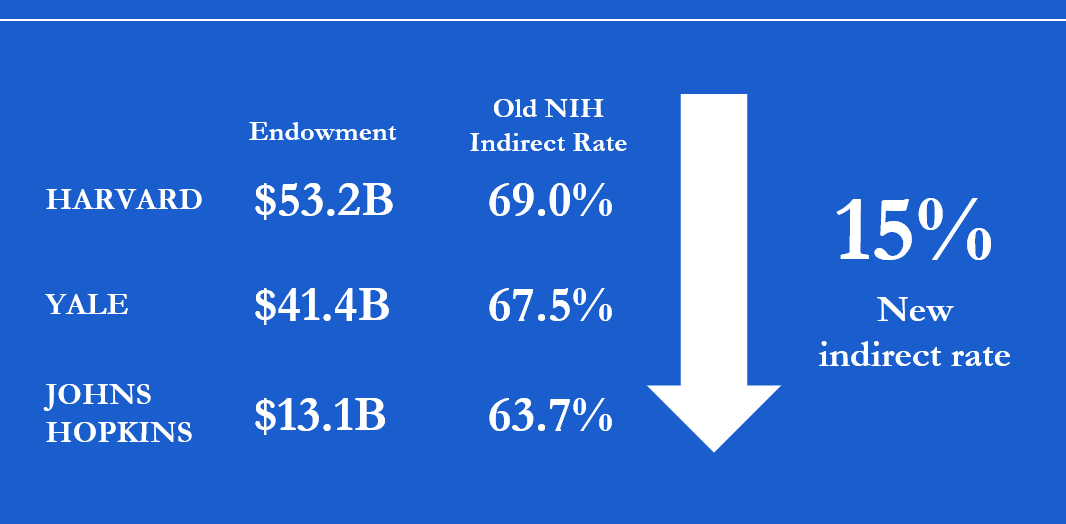
Timothy Kassis
@TimothyKassis
Followers
1K
Following
20K
Statuses
5K
Head of AI @biostateai | Ph.D. in Bioengineering. Previously @matterworks_bio, @MIT, @GeorgiaTech and @UniofNottingham.
Boston, MA
Joined December 2020
Introducing NatureLM, Microsoft's new sequence-based science foundation model designed to decode the language of nature for scientific discovery. Trained across small molecules, proteins, DNA, RNA, and materials, NatureLM enables: * Text-driven generation and optimization of molecules, proteins, and materials * Cross-domain design, including protein-to-molecule and protein-to-RNA generation * State-of-the-art performance in retrosynthesis and SMILES-to-IUPAC translation With models ranging from 1B to 46.7B parameters, NatureLM demonstrates that scaling improves performance in 18 out of 22 tasks. This model represents a major step forward in drug discovery, materials science, and bioengineering. Read more:
0
0
0
RT @matterworks_bio: Be sure to find us at US HUPO later this month. Mel Hernandez will be presenting a poster on Tuesday (Poster P11.06B)…
0
2
0
RT @kulesatony: Announcing Encode: AI for Science We're launching a fellowship powered by @ARIA_research to connect top AI talent with le…
0
67
0
RT @madelynheart_: Really excited to announce the Encode: AI for Science fellowship powered by our partnership with @ARIA_research. We be…
0
1
0
@RichardSocher Depends on the sources of data it has access to. I don’t want a research report based on Reddit posts and random blogs.
1
1
4
@Jabaluck Maybe pharma companies should put money back into basic research instead of having tax payers pay for all of it?
0
0
0
@jkagan1 Why don't these companies contribute to indirect costs at academic research institutions if they benefit from their work so much?
0
0
1
@chazman @cybertruck @Tesla_AI Maybe this fixes the bug that is prohibiting 13.2.2 from getting an update.
1
0
5
I personally think this is a great decision. The amount of administrative and infrastructure inefficiencies at research institutions is hard to describe. This will fotce much more lean operations. Will be painful initially but make our institutions a lot stronger long term.
Last year, $9B of the $35B that the National Institutes of Health (NIH) granted for research was used for administrative overhead, what is known as “indirect costs.” Today, NIH lowered the maximum indirect cost rate research institutions can charge the government to 15%, above what many major foundations allow and much lower than the 60%+ that some institutions charge the government today. This change will save more than $4B a year effective immediately.
0
0
3


